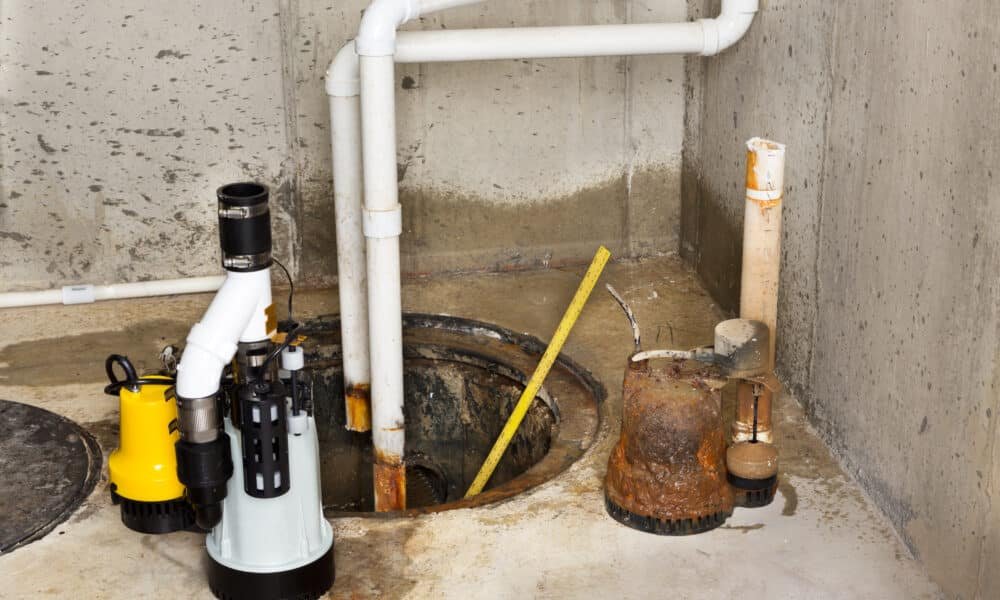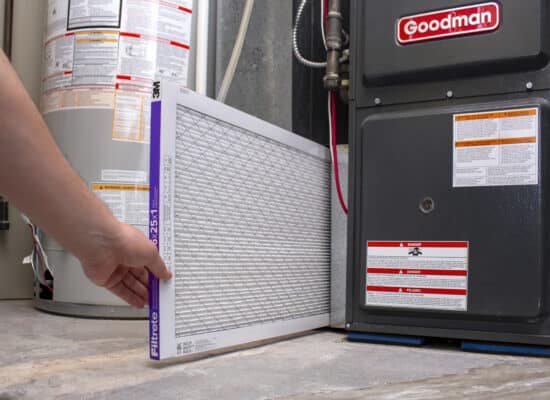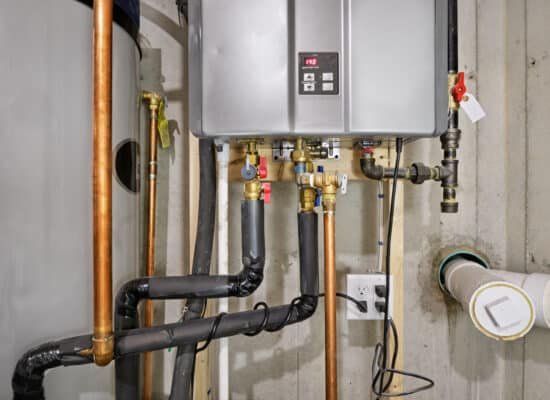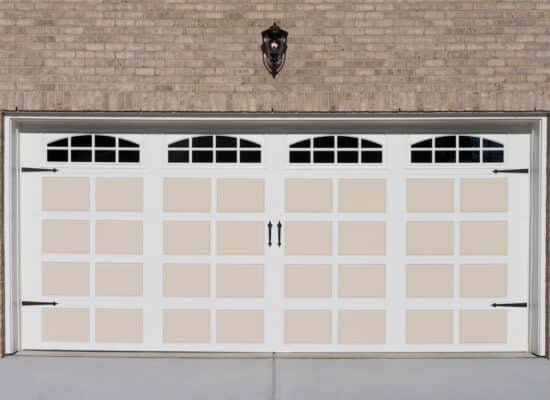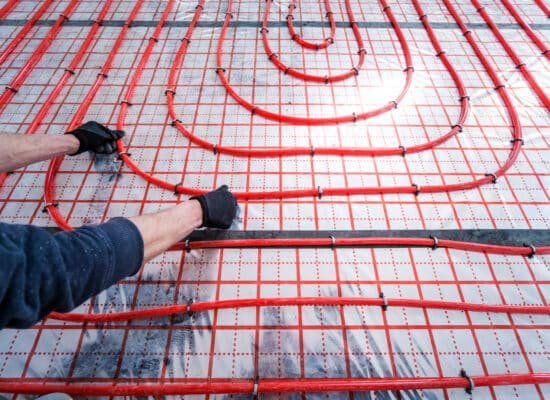If your basement has ever collected water, you know that a surge of groundwater can turn into a homeowner’s nightmare. That’s why knowing the cost to install sump pump is so important. Whether you’re replacing an old unit or installing a new protective system, understanding how much you’ll spend—and why the price differs by region—helps you budget smartly. In this article, we’ll break down regional cost variations, detail what influences the cost to install sump pump, provide model pricing, offer a clear cost table (materials + labor), walk you through the installation process, cover pros and cons, and end with our highest recommendation so you can make an informed purchase.
Table Of Content
- What Affects the Cost to Install Sump Pump?
- Pump Type & Features
- Existing Infrastructure & Site Conditions
- Region & Labor Rates
- Additional Costs
- Regional Cost Overview
- Cost Breakdown Table (Material + Labor)
- Model Prices & Best Recommendation
- Installation Process Explained
- Step 1 – Site Evaluation & Pit Check
- Step 2 – Sump Pit/Basin Installation (if needed)
- Step 3 – Pump Installation & Discharge Piping
- Step 4 – Electrical Wiring & Backup Setup
- Step 5 – Testing & Final Inspection
- Pros & Cons of Installing a Sump Pump
- Pros
- Cons
- Conclusion
- FAQs
What Affects the Cost to Install Sump Pump?
Pump Type & Features
One of the biggest variables in your cost to install sump pump is simply which type of pump. A pedestal pump (motor above the pit) tends to cost less, while a submersible pump (motor below water level) commands a higher price due to increased power and quieter operation.
If you add extra features—like a battery backup, water-powered backup, smart monitoring, or a large discharge line—your cost to install sump pump will increase accordingly.
Existing Infrastructure & Site Conditions
If you already have a sump pit in place, discharge piping, and simple access, your cost to install sump pump will stay lower. But if you need to dig a new pit, break through a concrete slab, install a long or buried discharge line, or add electrical work, your cost to install sump pump may rise dramatically.
Region & Labor Rates
Labor rates vary significantly by region—urban vs rural, high cost-of-living states vs lower cost areas. Your cost to install sump pump in a high-labor-region could be much greater than in a region where contractors charge less.
Additional Costs
Permit fees, proper check valves, disposal of old pump, sump pit liner, gravity drain vs forced discharge—all factor in. These all add to your cost to install sump pump.
Regional Cost Overview
Here’s a handy table showing how the cost to install sump pump varies by region and project complexity.
| Region | Typical Total Cost Range | Notes |
|---|---|---|
| Midwest & Plains (lower labor) | $700 – $1,800 | Basic installs in homes with existing pit |
| Mountain & Interior West | $900 – $2,500 | Higher labor, may require excavation |
| Northeast & Coastal (high labor) | $1,000 – $3,000+ | Higher cost of living, tougher permits |
| Flood-prone zones/new pit required | $1,500 – $4,000+ | Full system installs, new pit/discharge |
The national average cost to install sump pump is about $1,400, though the range is wide—from around $500 to $4,000 depending on specifics.
Cost Breakdown Table (Material + Labor)
To help you estimate your own budget, here’s a detailed breakdown for different scenarios of the cost to install sump pump.
| Scenario | Material Estimate | Labor/Installation Estimate | Estimated Total |
|---|---|---|---|
| Simple pump replacement in existing pit | $150 – $300 | $300 – $700 | $450 – $1,000 |
| Upgrade to submersible pump + discharge line | $300 – $600 | $700 – $1,500 | $1,000 – $2,100 |
| Full installation: new sump pit + discharge + backup | $500 – $1,000 | $1,000 – $3,000+ | $1,500 – $4,000+ |
These cost ranges reflect real-world findings for the cost to install sump pump based on multiple sources.
Model Prices & Best Recommendation
Let’s look at some actual pump models so you can see what the “material” side of the cost to install sump pump looks like.
Here’s a quick summary:
-
Zoeller Pro Submersible Sump Pump: Approximately $369 material cost—premium submersible.
-
Everbilt Pre‑Plumbed Sump Pump System: Around $336–449—system including basin, good value.
-
Zoeller Vertical Float Sump Pump M53: ~$299 material cost—commercial grade.
-
Utilitech 0.5‑HP Submersible Sump Pump: ~$177—budget submersible option.
-
Little Giant 6‑CIA‑ML Submersible Sump Pump: ~$174–206—mid-tier.
-
Liberty Pumps Submersible Sump Pump 287‑2: ~$437—trusted brand, mid-premium cost.
-
Everbilt Cast‑Iron Submersible Sump Pump 1/2 HP: ~$289—entry cast-iron.
-
Wayne WSS30V Backup Sump Pump System: ~$570—backup system add-on.
Highest Recommendation:
For most homeowners, a reliable mid-priced submersible pump from a reputable brand (such as the Zoeller Pro or Liberty Pumps) offers the best balance of performance and cost. Pair it with professional installation (using the cost to install sump pump tables above) and consider adding a backup system (especially if you live in a high-flood risk zone). That combination gives you peace of mind without excessive cost.
Installation Process Explained
Step 1 – Site Evaluation & Pit Check
A technician evaluates if you already have a sump pit or need one installed, inspects the discharge path, assesses electrical wiring and checks flood risk. This helps estimate your ultimate cost to install sump pump.
Step 2 – Sump Pit/Basin Installation (if needed)
If no pit exists, one must be dug out, lined, and connected to drainage. Excavation through concrete ups the cost to install sump pump.
Step 3 – Pump Installation & Discharge Piping
Install the pump unit into the pit, attach a check-valve, connect the discharge pipe beyond the foundation. The piping length and grade greatly affect the cost to install sump pump.
Step 4 – Electrical Wiring & Backup Setup
Connect the pump to power. If you add a battery backup or water-powered backup, this adds to your cost to install sump pump.
Step 5 – Testing & Final Inspection
The installer tests the float mechanism, discharge, and ensures water flows away from the foundation. Clean-up and removal of old units finish the job.
Pros & Cons of Installing a Sump Pump
Pros
-
Prevents basement flooding, protects foundation and stored items from water damage.
-
Adds value and reassurance for homeowners in wet areas.
-
When done right, the cost to install sump pump is far less than water-damage repair costs.
Cons
-
Upfront cost can be significant depending on complexity—cost to install sump pump may run thousands in some cases.
-
Relies on power and discharge path—if power goes out or pipe is blocked, system might fail.
-
Maintenance required—floats, check-valves and discharge lines need checking periodically.
Conclusion
If you’re asking “What is the cost to install sump pump?”, the answer isn’t one number—it’s a range influenced by region, home conditions, pump type and installation complexity. Expect:
-
$700–$1,800 in more affordable regions
-
$1,000–$3,000+ in higher-cost regions
-
$1,500–$4,000+ for full installs including new pit or major work
Use the tables above to guide your budgeting, compare model pricing, and choose a quality pump from a trusted brand. For most homeowners, selecting a mid-tier submersible unit with professional installation gives the best return on investment. Be proactive—installing a sump pump now can save you from costly damage later.
FAQs
1. What’s the typical cost to install sump pump?
On average around $1,400, but depending on region and job specifics it may range from $500 to $4,000+.
2. What factors increase the cost to install sump pump?
Need for new pit excavation, long discharge piping, high-labor regions, adding backup systems or upgrading electrical all raise the cost.
3. Can I install a sump pump myself and save money?
You might on very simple jobs (existing pit, easy access) but DIY increases risk of incorrect setup. For reliability it’s better to hire a pro—especially for the cost to install sump pump to be accurate.
4. How often should a sump pump be replaced or serviced?
Submersible pumps last about 5–15 years; pedestal types around 10–30 years. Annual checks of float switches, discharge and electrical are smart.
5. What type of pump should I choose?
If you have flood risk, reach, or want quiet operation, choose a submersible model. For lighter use and lower cost, a pedestal pump may work—just understand the trade-offs.
6. Is adding a backup battery worth the extra cost?
Yes, especially in flooding or storm-prone zones. It increases your cost to install sump pump but gives protection when power fails and most household insurance doesn’t cover sump pump failure.
7. How do labor rates affect the cost to install sump pump by region?
Labor rates vary widely by location—urban and high cost-living states will charge more per hour, and that drives up your total cost to install sump pump significantly.





